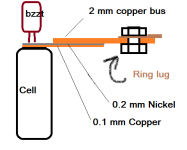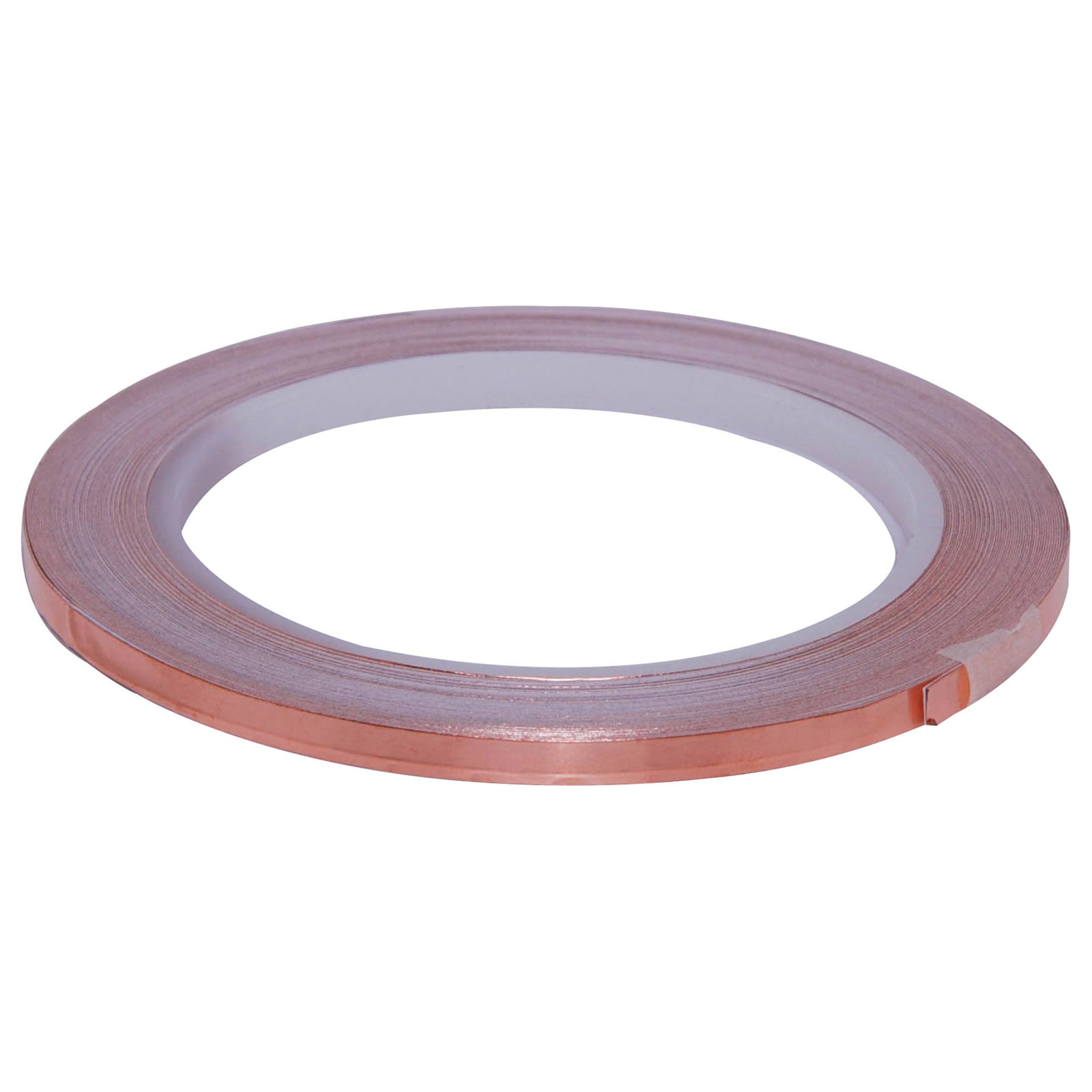Molicell P42As. They seem to be a good combination of energy density and power, and they aren't unobtainium like P45Bs.
Awesome, great choice! Yeah P45B's are perfect but really expensive.
Molicell P42As. They seem to be a good combination of energy density and power, and they aren't unobtainium like P45Bs.
Well, the foaming silicone would do that, and be significantly lighter than solid potting...but I don't know of one with any longer pot life.Potting is mainly to keep the cells snug in their capture plates so they don't vibrate themselves to pieces. But also waterproofing/corrosion resistance, and a bit of thermal uniformity.
Yeah, if there was another foaming silicone (it's not a PU) I could use, I'd do it. But there isn't any other with a longer pot life that I can find. I usually use their regular stuff like DragonSkin, etc., which gives you about a half hour to work with it, so I can add dyes and get colors just right, work it down into molds, etc. But sometimes I also need something that has a lot of squishiness, like a foam, and this is the only stuff that really bonds with the other stuff (if you cast the one over the other right after casting the first).I hate hate hate short pot-life polyurethanes. Like you I'm just too slow at doing the mixing and pouring.
I can’t tell whether you’re about to build a battery for your motorcycle or you’re about to open a made-to-order battery shop.Looks like I'm about to get busy!
View attachment 336428
Just arrived today. A bit spendy - maybe $500 AUD/kWh landed. Probably just means they're legit.
Since he's already done both of those, I can see how it would be tough to tell.I can’t tell whether you’re about to build a battery for your motorcycle or you’re about to open a made-to-order battery shop.
It will actually be less of a beast than before, but should be able to manage twice as many laps.
What real world C-rates are folks seeing from these Molicells? Because at 45 amps per cell, I'm looking at about 140 kW. We got about 180 kW from the pouch cells, so outside of Philip Is or Queensland Raceway, we won't really notice the difference.

Heh- thanks for doing us all the favor of making a nickel strip glow at 35A.Well unfortunately the nickel tab becomes a bit incandescent at 35 amps, so I have my doubts about much more than 100 kW actually.
I'd need a much bigger spot welder if I wanted to weld copper tabs to the cells. Sunstone offers a 250 J welder, but I can't see me making that sort of an investment. Battery Copper Tabs
I’m not the most knowageable person in the room, here— but I’d be shocked if you can reliably and routinely pass more than 25amps through a .2x8mm piece of nickel.Well 0.1 x 6 mm nickel got red hot at 35 A.
I tested some 0.2 x 8 mm nickel and it got red hot at 65 A.
View attachment 336629
So I think 45 A is a best case scenario here...

I have copper adhesive foil I can stick over the nickel. I mean, that might help right?Maybe I’m missing something about a build constraint, but why not just nickel-copper-sandwich your tab connections?
So youre saying the layers were copper tape->nickel strip->cell body? Do you have a link for that copper tape w adhesive?


The diagram made my day, thank you. You see, I was wondering what the red oval on the top right could possibly have been. Luckily, you remembered to correctly label it with a BZZT.View attachment 336799
No, nickel, then copper, then cell. According to this the tape is 0.07 mm, but the adhesive was probably the rest.

5mm x 15m Copper Tape - Altronics
5mm x 15m Copper Tape. Check website for full details at Altronics.com.auwww.altronics.com.au
